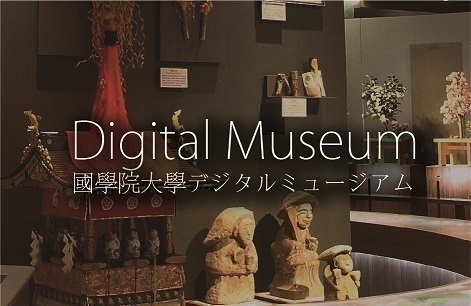- トップ
- Encyclopedia of Shinto
- Shagō
Encyclopedia of Shinto
| Main Menu: | |
| Links: |
詳細表示 (Complete Article)
| カテゴリー1: | 4. Jinja (Shrines) |
|---|---|
| カテゴリー2: | Shrine Architecture |
| Title | Shagō |
| Text | The name of a shrine. At present, seven types of shagō are used. The term Jingū is used alone as a proper name to refer solely to the Grand Shrines of Ise, while other shrines may use jingū merely as one part of their names. Other shrine titles used include -gū , -taisha, -jinja, -sha, and -daijingū. Of these, the most commonly encountered is -jinja. Examples of shrines affixing the title Jingū to their names include Atsuta Jingū, Isonokami Jingū, Kashima-Katori Jingū, and Meiji Jingū. Shrines affixing the title Taisha include Izumo Taisha, Kasuga Taisha, Kumano Nachi, Kumano Hayatama, Kumano Hongū Taisha, Taga Taisha, Hiyoshi Taisha, and Matsunoo Taisha. One example of a shrine affixing the name Daijingū to its name is the Tokyo Daijingū. Since the ancient period, the titles of Myōjin ("eminent kami") and Daimyōjin ("great eminent kami") were given to some shrines, and in the period during which combinatory kami-buddha cults (shinbutsu shūgō) were common, shrines were often given the titles Gongen ("avatar") or Daigongen ("great avatar"). Under the Meiji-period shrine system, systematic standards were introduced for shrine titles, but following World War II, the national administration of shrines was abolished, and many shrines changed their titles on their own initiative. Particularly noteworthy is the large number of old Kanpei Taisha (Great Imperial Shrines) and Kokuhei Taisha (Great National Shrines) which changed their titles to merely Taisha. See also Shin'i, Shinkai. — Inoue Nobutaka |




